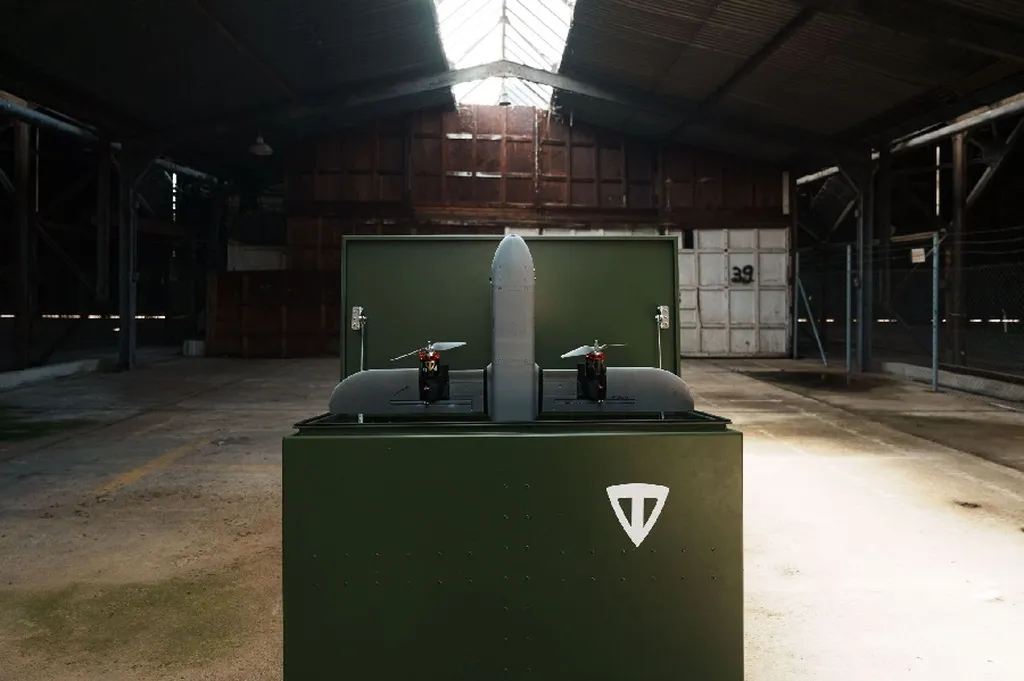Dedrone by Axon has taken a bold step in fortifying NATO airspace defence through a series of strategic partnerships, underscoring a new era of transatlantic collaboration in counter-drone technology. The company’s latest alliance with Munich-based TYTAN, a developer of interceptor systems for Group 3 drones, merges cutting-edge AI-powered sensor fusion with kinetic interceptors, creating a seamless detect, track, identify, and mitigate (DTI-M) capability. This collaboration extends Dedrone by Axon’s coverage from Group 1 to Group 3 threats, offering NATO allies a unified airspace picture to enhance situational awareness and response times.
“This alliance allows us to offer our customers a seamless CUAS platform that spans Group 1 through Group 3 threats,” said Aaditya Devarakonda, CEO of Dedrone by Axon. “Together, Dedrone and TYTAN are helping NATO and its partners build the connected network that will define the future of air defence.”
The partnership reflects a shared commitment to responsible innovation in defence, with both companies leveraging their German roots to drive technological advancements. TYTAN’s Co-Founder and CEO, Balazs Nagy, emphasised the broader strategic implications: “Together, Dedrone and TYTAN aren’t just responding to emerging threats; we’re helping NATO and its partners build the connected network that will define the future of air defence. Our partnership with Axon shows what true pan-NATO innovation looks like, built through collaboration across the US and Europe, proven in combat, and integrated with global allies to protect NATO airspace. This is Europe and NATO’s moment to lead, and TYTAN’s mission is to make that intent real—to turn collective vision into action.”
Beyond this high-profile alliance, Dedrone by Axon is also fostering innovation through initiatives like BRAVE1, which identifies and empowers startups developing critical airspace defence tools. By partnering with early-stage companies in Ukraine and other NATO-supporting nations, Dedrone is scaling battlefield-proven technologies across the alliance’s defence ecosystem. This approach ensures that emerging threats are met with rapid, scalable solutions, bridging the gap between strategy and execution.
“NATO is at an inflection point. The threats are already here—what’s missing is the speed and scale to counter them,” said Batuhan Yumurtaci, Co-Founder and CTO of TYTAN. “It’s no longer enough to announce new frameworks or strategies for our air defence; we have to build them.”
As NATO faces evolving aerial threats, Dedrone by Axon’s partnerships signal a shift towards a more integrated, collaborative defence framework. By uniting AI-driven detection with kinetic interceptors and nurturing startup innovation, the company is not only strengthening airspace security but also setting a precedent for future defence cooperation. This model of transatlantic collaboration could redefine how NATO and its allies approach counter-drone defence, ensuring they remain ahead of emerging threats.

